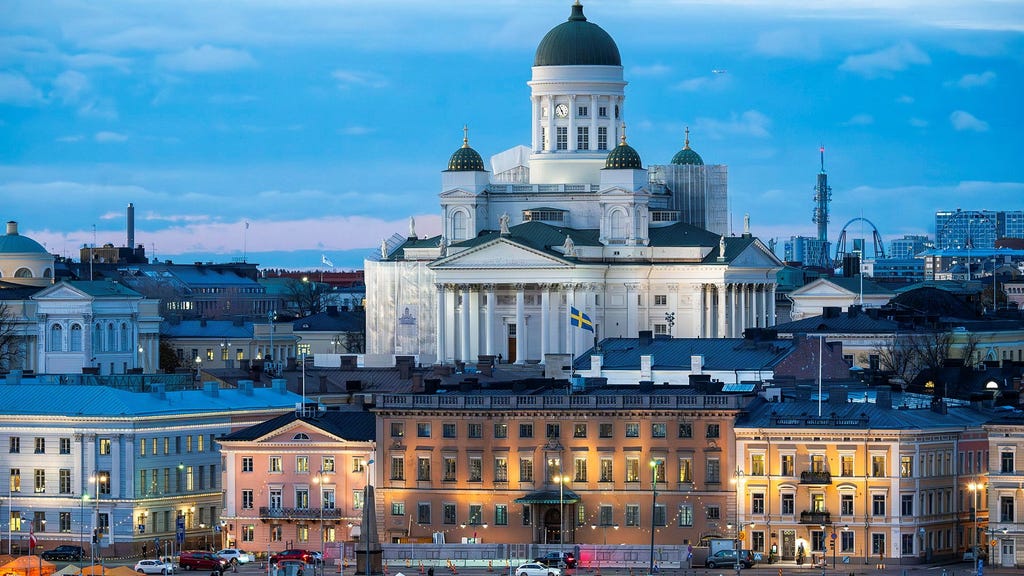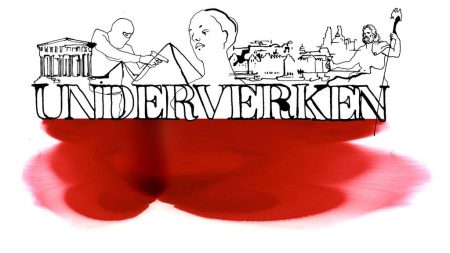The Finnish cultural sector is in an uproar over proposed budget cuts, galvanizing a massive public protest that has culminated in the submission of over 94,000 signatures to the Finnish government. This unprecedented display of public dissent underscores the deep anxiety and frustration felt by artists, cultural institutions, and the broader Finnish public regarding the potential ramifications of these austerity measures. The proposed cuts, details of which have yet to be fully elucidated, threaten to undermine the vibrant and diverse cultural landscape that Finland has carefully cultivated over decades. This groundswell of opposition highlights the vital role culture plays in Finnish society, not only as a source of entertainment and enrichment but also as a cornerstone of national identity and a driver of economic activity. The ongoing debate raises crucial questions about the delicate balance between fiscal responsibility and the preservation of cultural heritage in a rapidly changing world.
The implications of these proposed budget cuts extend far beyond the immediate financial impact on arts organizations. They represent a potential erosion of the very fabric of Finnish cultural life, impacting everything from theatrical productions and museum exhibitions to music education and artistic grants. The cuts could lead to the closure of smaller venues, restrict access to cultural experiences for marginalized communities, and stifle the development of emerging artistic talent. Beyond the direct impact on artists and cultural institutions, these cuts could also have a detrimental effect on tourism, a sector heavily reliant on Finland’s rich cultural offerings. The reduction in funding could diminish the quality and diversity of cultural experiences available to tourists, potentially impacting the country’s attractiveness as a destination and leading to economic repercussions. The sheer number of signatures collected signifies a widespread public recognition of the profound and far-reaching consequences of these proposed austerity measures.
The petition, with its impressive number of signatures, serves as a powerful testament to the value that Finnish citizens place on culture. It underscores the deep-seated belief that access to and participation in cultural activities are fundamental rights, not mere luxuries to be sacrificed on the altar of fiscal prudence. This widespread public mobilization reflects a growing concern that the proposed cuts represent a short-sighted approach to budgetary management, one that fails to recognize the long-term social, economic, and cultural benefits of a thriving arts sector. The petitioners argue that culture is an investment in society, fostering creativity, critical thinking, and social cohesion, and that these proposed cuts represent a disinvestment in Finland’s future. The outpouring of public support for the cultural sector demonstrates the crucial role it plays in fostering a sense of national identity and pride.
This controversy surrounding the proposed cultural budget cuts is not an isolated incident. It reflects a broader global trend of governments grappling with the challenges of balancing budgetary constraints against the need to support essential public services, including culture. This tension is often exacerbated during times of economic uncertainty, when governments may be tempted to view cultural spending as a discretionary expense rather than a vital investment. However, the strong public reaction in Finland serves as a reminder of the crucial role that culture plays in society and the importance of public advocacy in safeguarding its future. The petition highlights the power of collective action and the ability of citizens to make their voices heard on issues of public importance, particularly when they perceive a threat to their cultural heritage and the values they hold dear.
The Finnish government now faces the difficult task of reconciling its budgetary objectives with the overwhelming public sentiment in favor of protecting cultural funding. The sheer volume of signatures collected puts immense pressure on the government to reconsider its proposed cuts and engage in a meaningful dialogue with representatives of the cultural sector and the broader public. This situation presents an opportunity for a constructive conversation about the long-term vision for cultural policy in Finland and the sustainable funding models necessary to support a vibrant and thriving arts sector. The government must carefully weigh the potential economic savings against the potential long-term costs of undermining the country’s cultural infrastructure and alienating a significant portion of its population.
Moving forward, the dialogue between the Finnish government and the cultural sector should focus on exploring alternative solutions that address the need for fiscal responsibility while simultaneously preserving and strengthening the nation’s cultural landscape. This could involve exploring innovative funding mechanisms, such as public-private partnerships, philanthropic initiatives, and the development of sustainable revenue streams for cultural institutions. It also necessitates a broader discussion about the value of culture and its contribution to society, emphasizing its role in education, economic development, and social well-being. The strong public response to the proposed cuts has created a critical moment for Finland to reaffirm its commitment to fostering a vibrant and accessible cultural ecosystem, one that enriches the lives of its citizens and contributes to the nation’s identity on the global stage. The government’s response to this public outcry will be a crucial test of its commitment to upholding the values of cultural expression and access for all.














